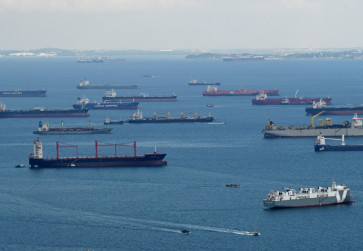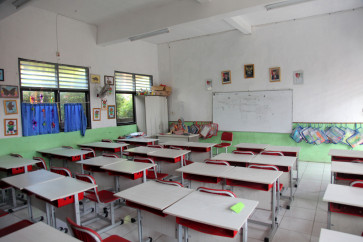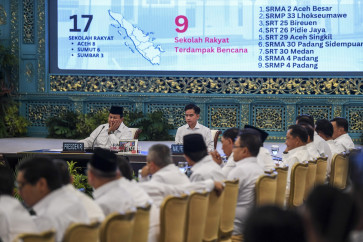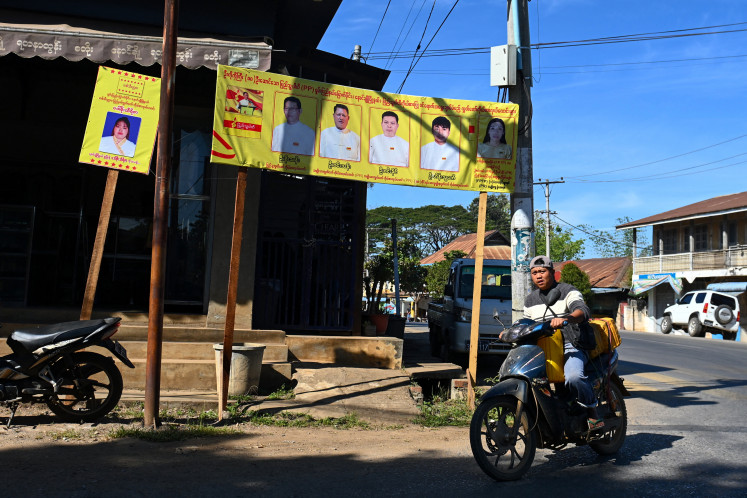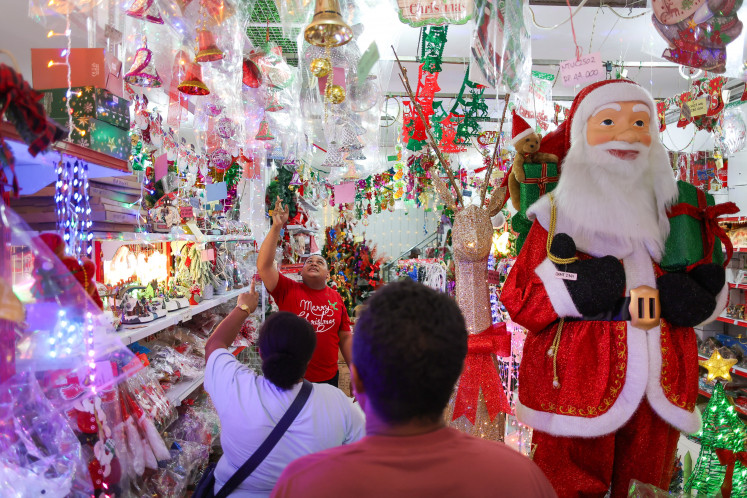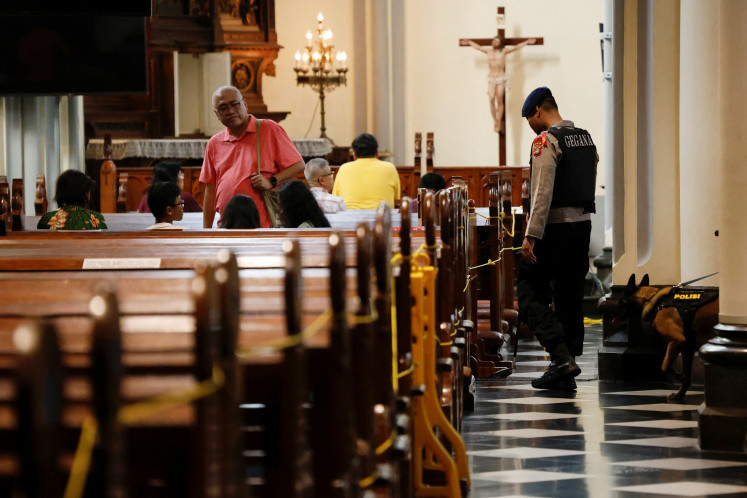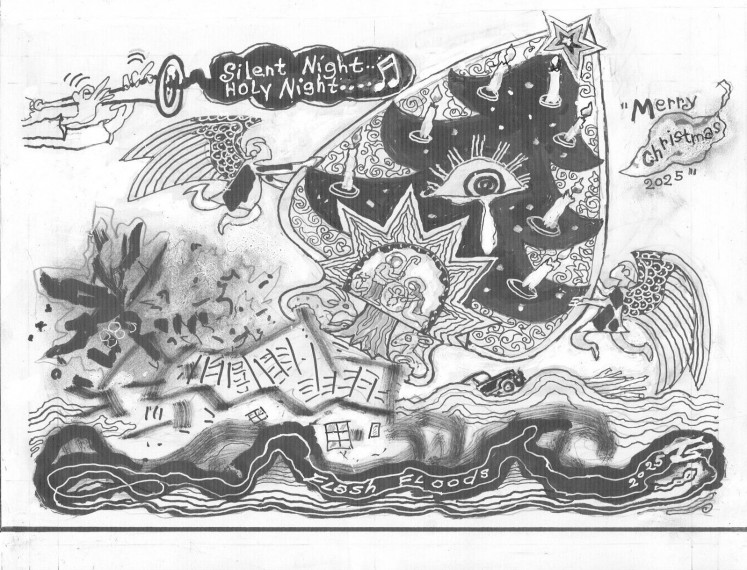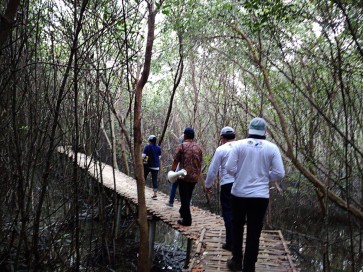Popular Reads
Top Results
Can't find what you're looking for?
View all search resultsPopular Reads
Top Results
Can't find what you're looking for?
View all search resultsKEE, conservation outside protected areas
Change text size
Gift Premium Articles
to Anyone
L
and in Indonesia is divided into two main categories: state forest area and non-forest area (APL). A state forest zone consists of both protected and production areas, while APL land is mostly designated for agriculture and human settlement.
These land designations, however, do not necessarily match with the actual land-cover on the ground.
Some APL land is forested, while many of the forest estates have been highly degraded with little or no forest cover remaining. Out of 67 million hectares of APL, about 7 million ha (11.4 percent) is forested, either primary (1.3 million ha) or secondary forest (5.7 million ha).
A lot of the country’s unique biodiversity is found outside protected areas.
It is estimated, for example, that around 75 percent of the orangutan population lives outside of the areas that are designated for conservation purposes.
Recognizing this mismatch, the Environment and Forestry Ministry has introduced a new category of conservation areas called Essential Ecosystem Areas (KEE).
It aims to conserve forests that are located outside of national parks, wildlife reserves and game ranching parks. KEEs may cover areas classified as production forests, watershed protection forests and non-state APL.


